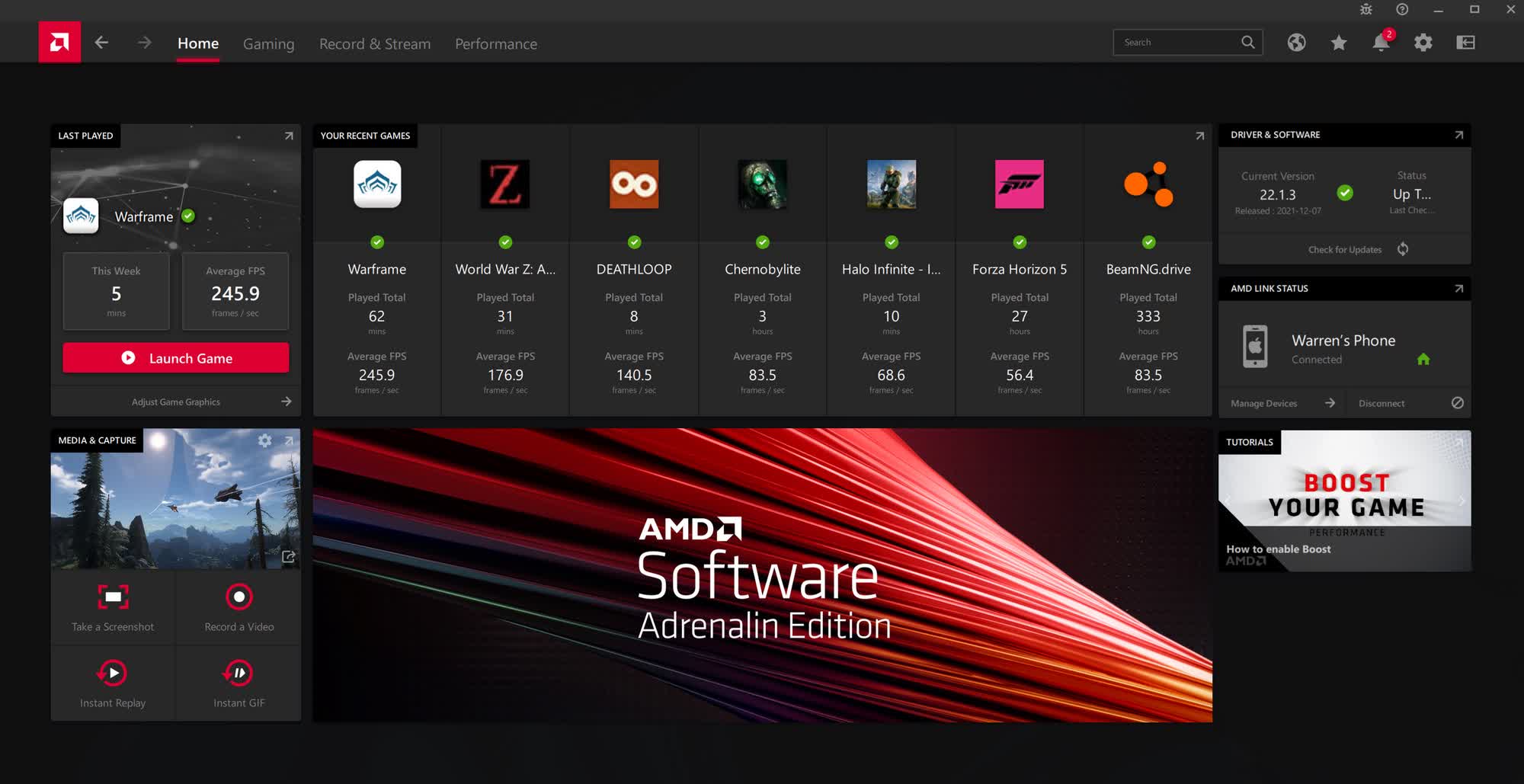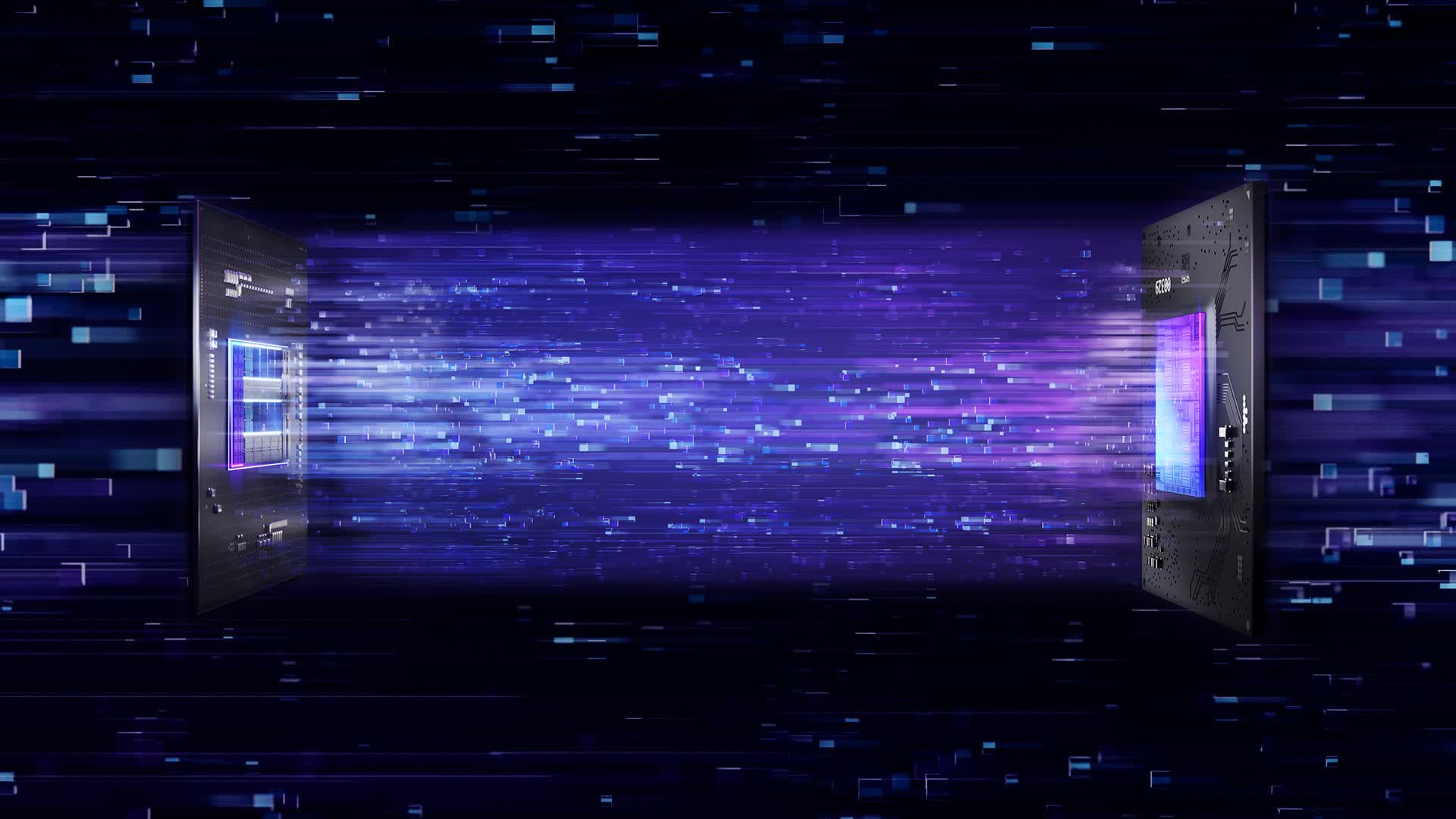In brief: Nvidia and AMD's graphics drivers have to support legacy software and hardware going back almost two decades, so it's understandable if they become somewhat bloated. However, Intel has the heaviest driver download despite being the newest player in dedicated GPUs.
Intel's entrance into the arena of dedicated graphics cards reveals some surprising observations regarding the size of GPU drivers. Compared with its competitors, Intel's software is way overweight.
The GeForce Graphics Driver 528.02 from Nvidia, released January 5, is 788MB. Even smaller are AMD's Adrenalin 22.11.2 from December 8 at 546MB and version 23.1.1 from January 11 (for the Radeon RX 7000 series), which is 590MB. Surprisingly, Intel's Arc Graphics driver version 31.0.101.4034, released on January 13, is a 1.2GB download. Additionally, the range of hardware and software each driver version supports doesn't quite add up to their comparative sizes.
It's not unexpected that Nvidia's drivers would be significantly larger than AMD's, as team green packs its GeForce Experience app into every download. It has useful features like streaming functionality, the company's Ansel screenshot tool, and additional methods for optimizing gameplay performance. However, users often bemoan needing to log into an account to update drivers.

The larger size of AMD's Radeon 7000 drivers compared to its drivers for all earlier supported GPUs is itself curious. TechSpot's download page labels 23.1.1 as a hotfix, so it might not be the most efficient package.
The difference with Intel's drivers is a mystery for multiple reasons. Arc Alchemist is Intel's first generation of dedicated GPUs, and thus the only one Arc driver 31.0.101.4034 needs to support. Conversely, Team Red's drivers list compatibility with all cards since the HD 7700 series. Nvidia's similarly stretch back to the GeForce GTX 600 series.
Furthermore, the two old rivals maintain support for DirectX versions 9 through 12 along with Vulkan, OpenGL, and other graphics APIs. Meanwhile, Intel Arc has relatively limited support for DirectX versions earlier than 12, arguably its biggest weakness. So why it needs to be almost twice the download size is strange. Perhaps Intel's workarounds for older APIs result in more code instead of less.
Another explanation could be that Intel includes drivers for Intel's Xe integrated graphics for Tiger Lake and Raptor Lake processors. Of course, we could poke holes in that theory since AMD's download also supports its integrated GPUs and APUs.
The simplest explanation could be that Intel hasn't had as much time to optimize its drivers in terms of performance and download size. Since it is new to the field, this issue could rectify itself in time. We'll have to see what the release of Intel Arc Battlemage does for the company's drivers.
